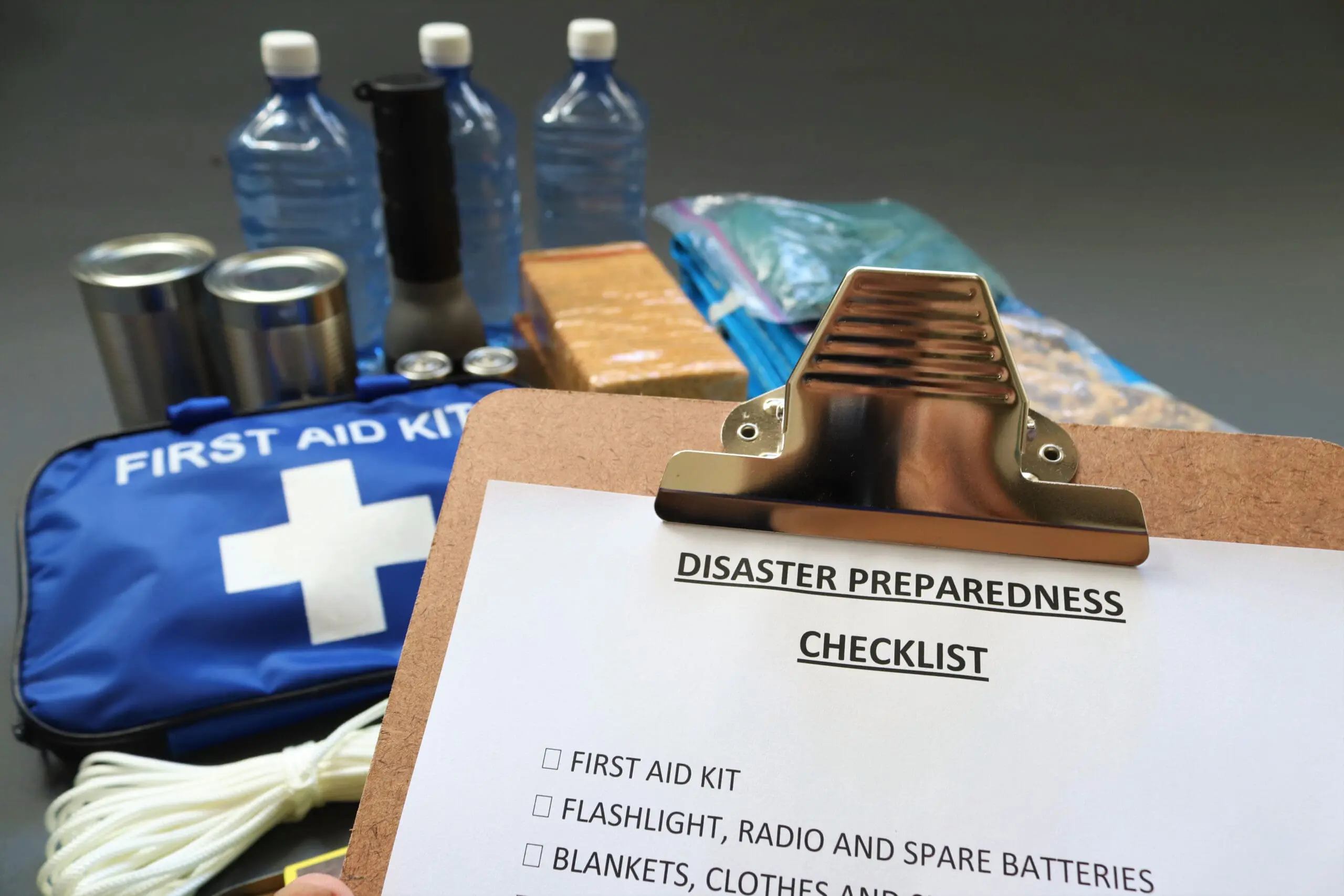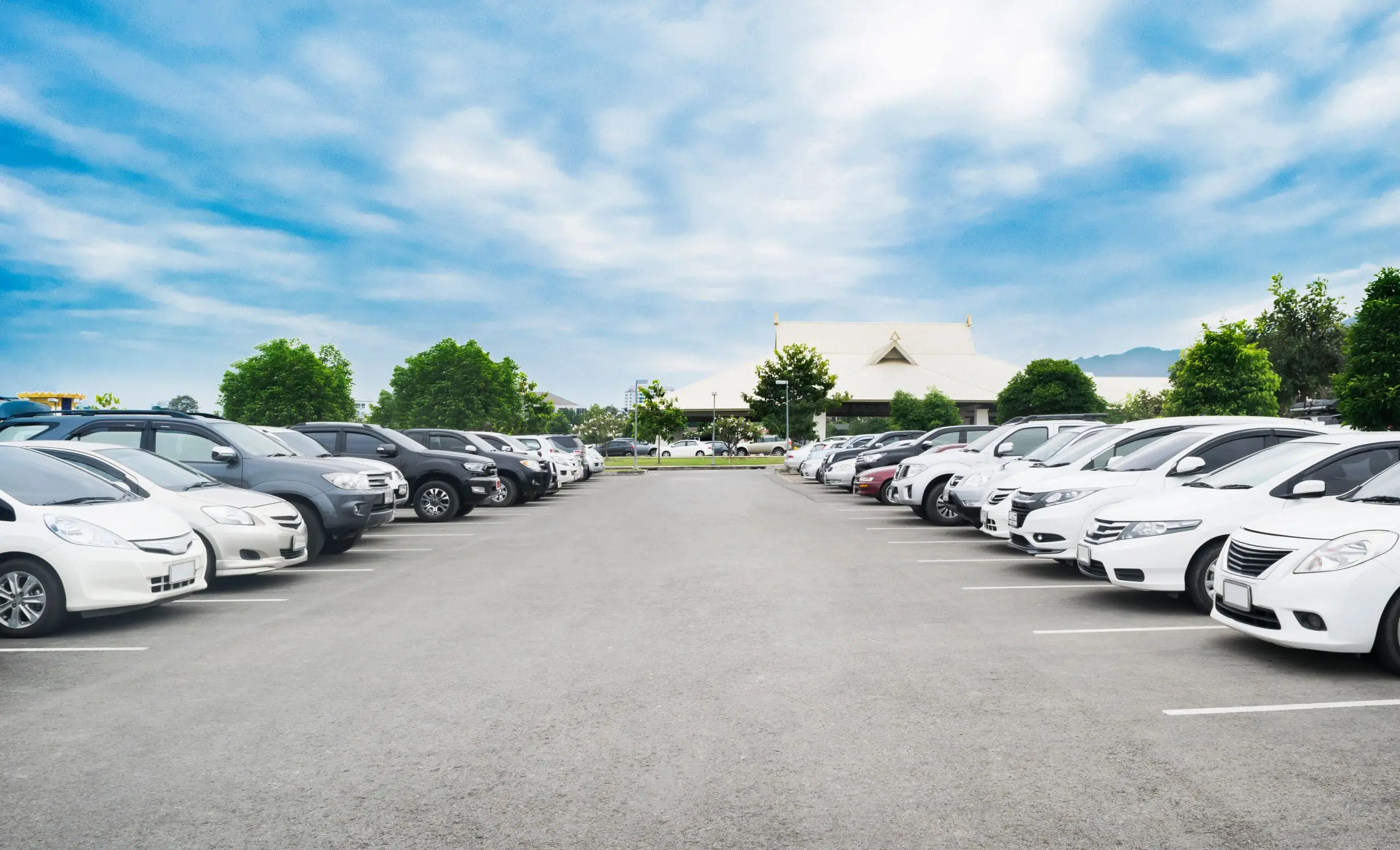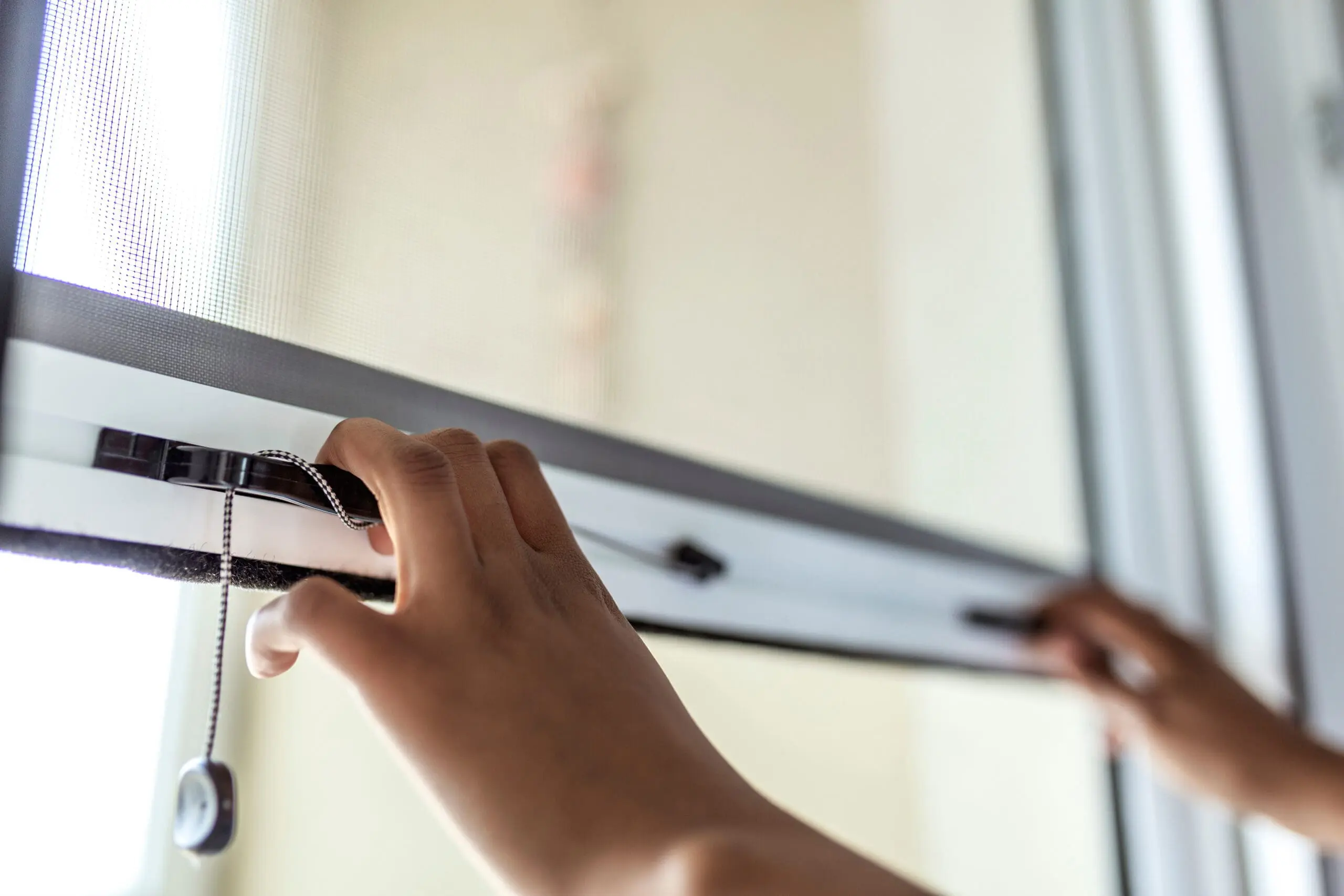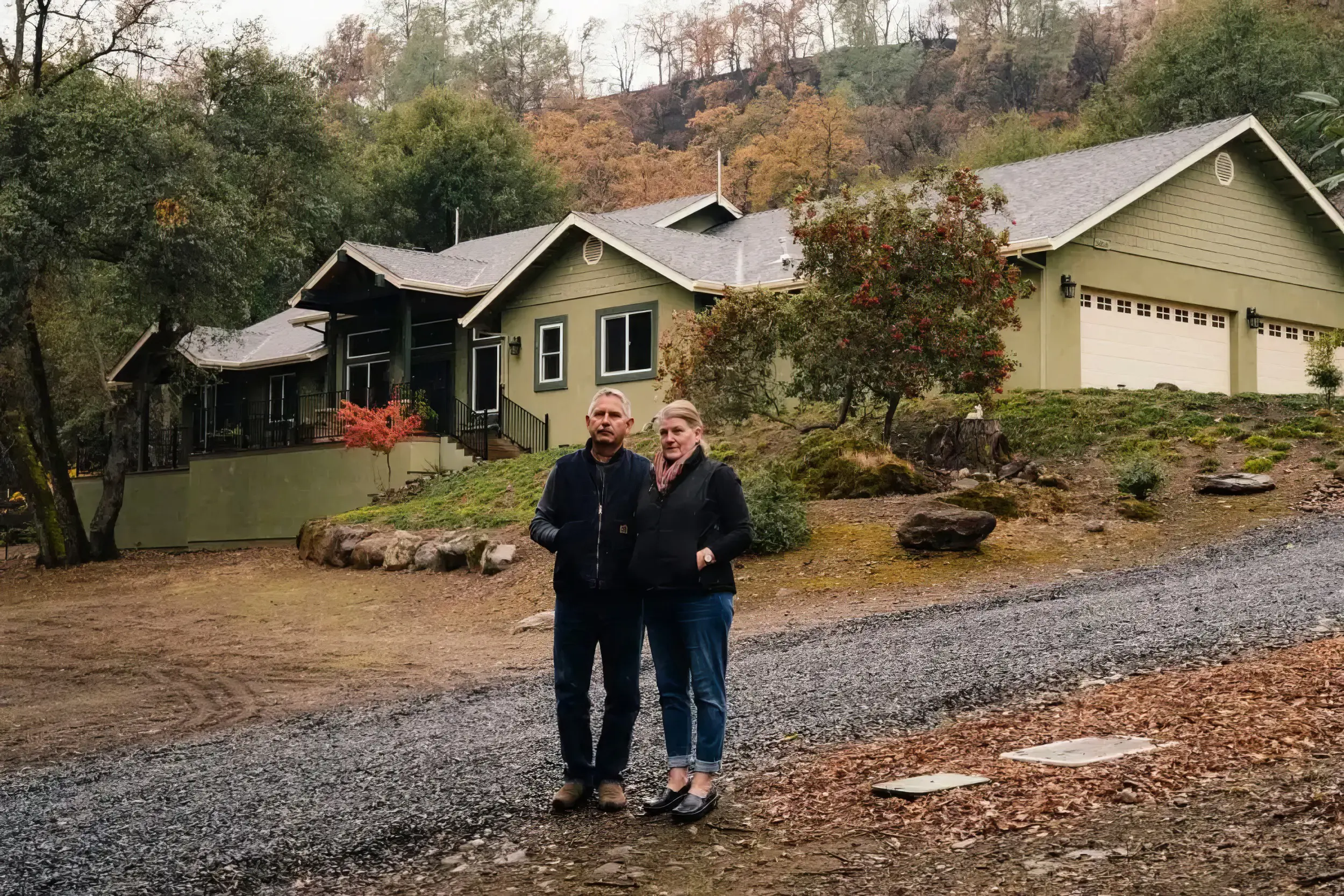Leave immediately if you receive a notification or alert to avoid being caught in fire, smoke, or road congestion. Don’t wait to be ordered by authorities to leave if you are unsure, feel threatened, or lose power or communications. Law enforcement will direct the evacuation and they will keep intersections open and moving, but their resources may be limited. Evacuating early (before evacuation is ordered) helps keep roads clear of congestion, and lets fire apparatus move more freely to do their job. If you are advised to leave, do not hesitate!
The Evacuation Order
- The fire incident commander will issue the evacuation order through the Office of Emergency Management and will determine the areas to be evacuated and escape routes to use depending on the fire’s location, behavior, winds, terrain, etc.
- Law enforcement agencies are responsible for enforcing an evacuation order. Follow their directions promptly.
- You will be advised of potential evacuations as early as possible by Alert Marin. You must first register to receive alerts.
- You must take the initiative to stay informed and aware. Listen to your radio (AM 740, and others) and TV for announcements from law enforcement and emergency personnel.
- You may be directed to temporary assembly areas to await transfer to a safe location.
Evacuation Terminology
The terms “voluntary” and “mandatory” are often incorrectly used to describe evacuations. In Marin, fire agencies and law enforcement will use the terms “Evacuation Order,” “Evacuation Warning,” and “Shelter In Place” to alert you to the significance of the danger and provide basic instructions. All evacuation instructions provided by officials should be followed immediately for your safety.
- Evacuation Order: means there’s an immediate threat to your life and you need to leave right now! It’s critical to follow all directions from law enforcement to ensure you and your family evacuate safely.Leave now!
- Evacuation Warning: means there’s impending danger to your life or property. If a warning is given assume an evacuation order will follow. Start gathering important items for your family and pets. Any individuals who need extra time to evacuate, or anyone with large animals, should pack-up and leave when a warning is issued.
- Shelter in Place: Stay in your current location, the safest nearby building, or the safest unburnable area. Most often issued when evacuation isn’t necessary and quick fire department access is required, but in some cases may be issued if evacuation is too dangerous.
If You Are Unable to Evacuate on Your Own
- Ask a neighbor to assist you or give you a ride. Plan ahead and make a list of neighbors who may be able to assist you.
- If first responders are in your neighborhood, attempt to notify them that you require assistance.
- Call 911 if you are disabled or need assistance to evacuate. Be aware that emergency resources will be limited during a major wildfire.
Children & Schools
Public and private schools will attempt to notify parents and evacuate children only if time allows. Schools may need to shelter in place and will protect children in safe places on campus if a wildfire strikes without time to evacuate.
When an evacuation is ordered, parents may not be allowed into the evacuated area to pick up students. Communicate this with your children in advance, and send them to school prepared with the tools they need to communicate and protect themselves, such as extra food, long cotton clothing, and a list of primary and alternate emergency contacts and numbers.














